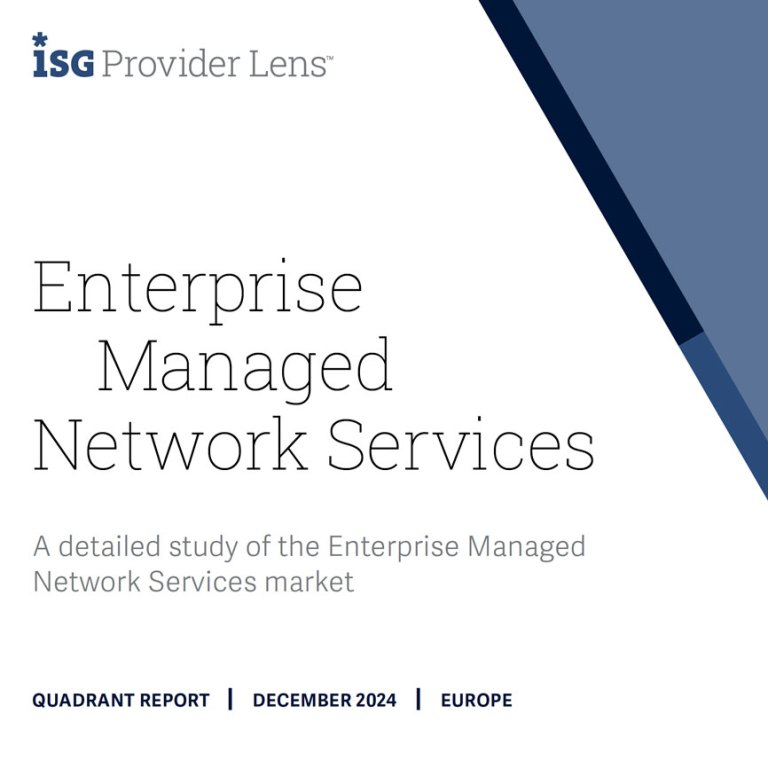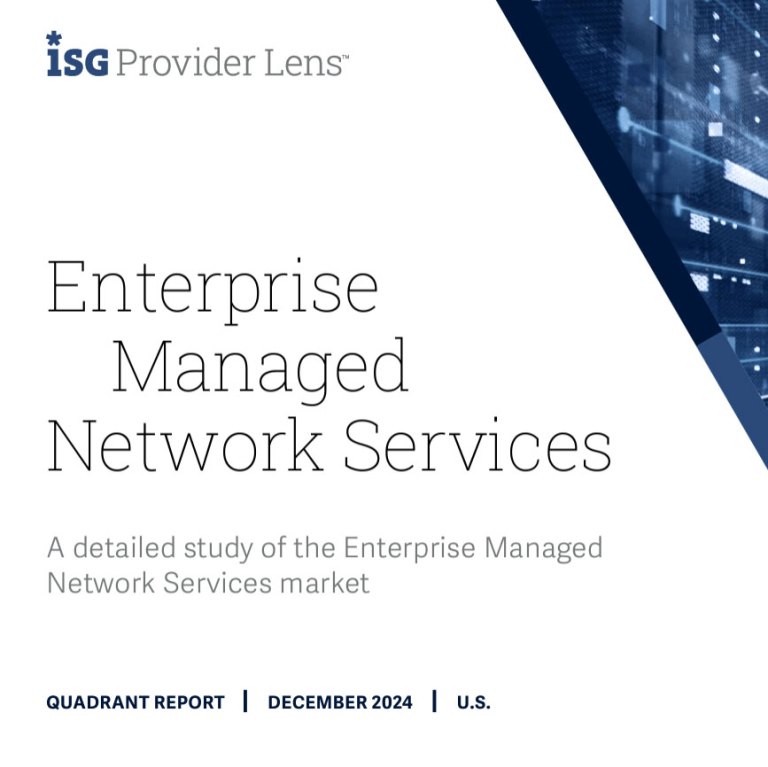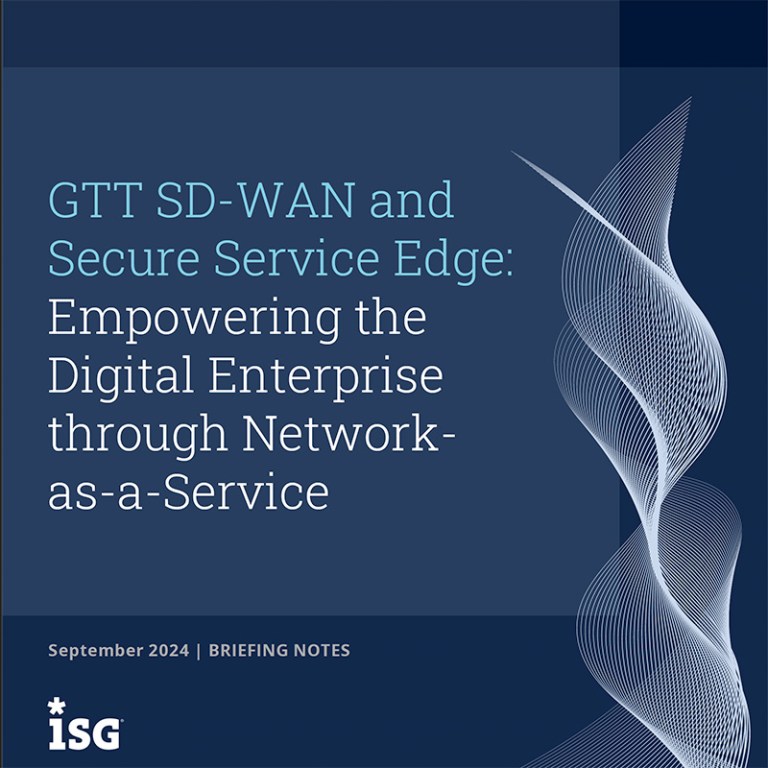Whether you’re considering implementing SD-WAN as DIY, or evaluating managed SD-WAN service providers, the purpose of this post is to help you to understand more about SD-WAN. Here are the top six through ten questions that I’m asked by IT and network professionals. You can also read part one of this blog post.

6. What are the advantages of a managed SD-WAN service vs DIY approach?
Deploying SD-WAN can be a complex process, especially for organizations with lean IT philosophies. Selecting the right or best SD-WAN option requires you to evaluate a selection of leading SD-WAN technology solutions. Having done this, SD-WAN technology typically must be integrated with an existing network and security architecture.
DIY implementation challenges
The multitude of networking and security devices at the branch, including routers, Wi-Fi, WAN optimization, and network security devices creates complexity for centralized IT teams that opt for a DIY approach. WAN operators must select and integrate equipment – often from multiple suppliers – each with their diverse management consoles. They also need to provision multiple WAN circuits (ideally with each on different physical fiber links) at each location, thus engaging with multiple Internet providers in different geographies for ethernet, DSL, cable, or wireless 4/5G services.
Managed SD-WAN expertise
Managed SD-WAN services provide end-to-end connectivity, application acceleration, and security. And by adopting a unified management strategy, link and application performance can be easily tracked in a single, easy to use console.
Distributed organizations that have deployed managed SD-WAN solutions report significant operational benefits. They include the agility to rapidly deploy new locations, increased end-user satisfaction, and improved security. For customer-facing operations, the benefits include faster response and improved in-branch services.
7. What traffic management capabilities are provided by SD-WAN?
SD-WAN enables IT organizations to set prioritization policies for quality-of-service for mission-critical or latency-sensitive (e.g. voice and video) applications. This is achieved by identifying the traffic type (coming to or from the branch) and then routing it over the best WAN link to meet its associated policy.
The ability to “see” traffic in real-time and understand end-to-end performance is a powerful tool. Dashboards can graphically illustrate the health of the network (e.g. slowdowns, brownouts) and the current performance of key applications. This can help you to quickly identify the location of any problem, the likely cause, and in some cases, provide you with an automated recovery. In addition, SD-WAN management systems also provide automation tools to assist IT in making changes to locations, user groups, adding new applications, and updating security policies.
8. How important are diverse last-mile connectivity options to optimize an SD-WAN solution?
Service providers with WAN diversity can ensure uninterrupted connectivity by leveraging distinct physical WAN links – so that in the event of a fiber cut due to construction or natural disaster, for example, at least one of the WAN links will remain in service. It’s an important consideration if you rely on the WAN as the critical aspect of your IT operations you should ask your service provider about the last mile path diversity of their service. The answer should include appropriate SLAs to support these operations.
9. How do remote access requirements (e.g. work-at-home) relate to SD-WAN?
There are many similarities to the challenges of securely, reliably connecting small branch offices and connecting employees in their home office. Home users need to access all key applications and data from any location, any device, and via any network. They need streamlined access to popular IaaS and SaaS applications, and they require application prioritization and security. With no on-site IT support, Home solutions also need to be easy to deploy. And with home working becoming increasingly important, it needs to be scalable, cost-effective and monitored and managed from centralized consoles.
SD-WAN technology can solve many of the performance and security challenges present in work-at-home situations. As we’ve already discussed, it enables traffic to be steered to the most appropriate link based on application prioritization settings, a crucial feature given domestic bandwidths are often less than the typical office. Secure networking is also a vital benefit when managing home set-ups that are inevitable all slightly different. Over time, I believe remote access and SD-WAN technologies will converge into unified solutions.
10. What key attributes should I look for when selecting a Managed SD-WAN provider?
There are a wide variety of managed SD-WAN services available – all with different options, capabilities, performance, etc. Here are some of the leading questions you should be asking when selecting your partner for a managed SD-WAN service:
- Is the offer compatible with my current network infrastructure?
- What is the cost of the SD-WAN managed service compared to existing offerings? How will costs change as WAN traffic patterns or bandwidth requirements evolve?
- Does the service provider offer multiple, physically diverse connectivity options across all my branch locations?
- What is the reliability of the WAN service? What service-level agreements are being offered?
- What level of network reliability is required? Would you like to employ dual broadband or 4G LTE as part of the solution?
- What level of network security is provided with the managed SD-WAN services offering? What are my security options?
- Are there dashboards available for me to see and manage the performance of my WAN circuits and key applications?
- What expertise does my provider offer to engineer and support my WAN footprint?
Conclusions and Recommendations
Digital transformation is pushing distributed organizations to rapidly deploy new applications, improve reliability, and to provide quality user and customer experience for all applications (data center or SaaS-based). The WAN is the essential element to securely connecting a distributed, mobile workforce to mission-critical applications.
With the majority of network traffic traveling over the internet directly to cloud/SaaS applications, the WAN is the glue to securely link users with their applications and data. Growth in network traffic is challenging organizations to upgrade their WAN bandwidth without increasing overall spending.
SD-WAN, with its flexibility, reliability, and abundant bandwidth, has been embraced by enterprises to address their remote branch connectivity requirements. Its architecture is a proven approach with compelling operational advantages for distributed organizations with critical branch office operations. The benefits of SD-WAN include business agility, increased security, and improved application performance.
Proven Managed SD-WAN Solutions
Provisioning (and managing) the required level of connectivity across global organizations can challenge even experienced IT organizations – especially given the requirement for multiple circuits (with diverse paths) from different service providers at each location to meet bandwidth and reliability needs.
Managed SD-WAN offerings are a proven solution to reduce complexity and management challenges. Many organizations can benefit from the simplicity of outsourcing SD-WAN deployment and management via a managed service. It allows customers to maximize the benefits without the risks of unpredictable costs and network complexity.
Managed SD-WAN services should seamlessly integrate with your existing IT/network/security environment. The service provider should have access to a high-speed global backbone and offer a wide range of last-mile connectivity options including Ethernet, DSL, cable, and wireless (4/5G) options. You should evaluate managed SD-WAN services based on the following criteria:
- Guaranteed Application Performance
- High Reliability with diverse access technologies
- Integrated Security
- Cloud Connectivity
- Managed Services Experience
The managed SD-WAN solution that you select should offer rapid provisioning, bandwidth agility, and easy-to-use management consoles enabling you to see the health of your network and observe application performance.
When offered by experienced service providers with a global network and a wealth of WAN connectivity options, managed SD-WAN services can solve many challenges faced by distributed organizations especially those with lean IT philosophies.
About Lee Doyle
Lee Doyle is the Principal Analyst at Doyle Research, providing client-focused targeted analysis on the Evolution of Intelligent Networks. He has over 25 years’ experience analyzing the IT, network, and telecom markets. Lee has written extensively on such topics as SDN, NFV, enterprise adoption of networking technologies, and IT-Telecom convergence.
About GTT
GTT connects people across organizations, around the world, and to every application in the cloud. Our clients benefit from an outstanding service experience built on our core values of simplicity, speed, and agility. GTT owns and operates a global Tier 1 internet network and provides a comprehensive suite of cloud networking services. We also offer a complementary portfolio of managed services, including managed SD-WAN from leading technology vendors.











